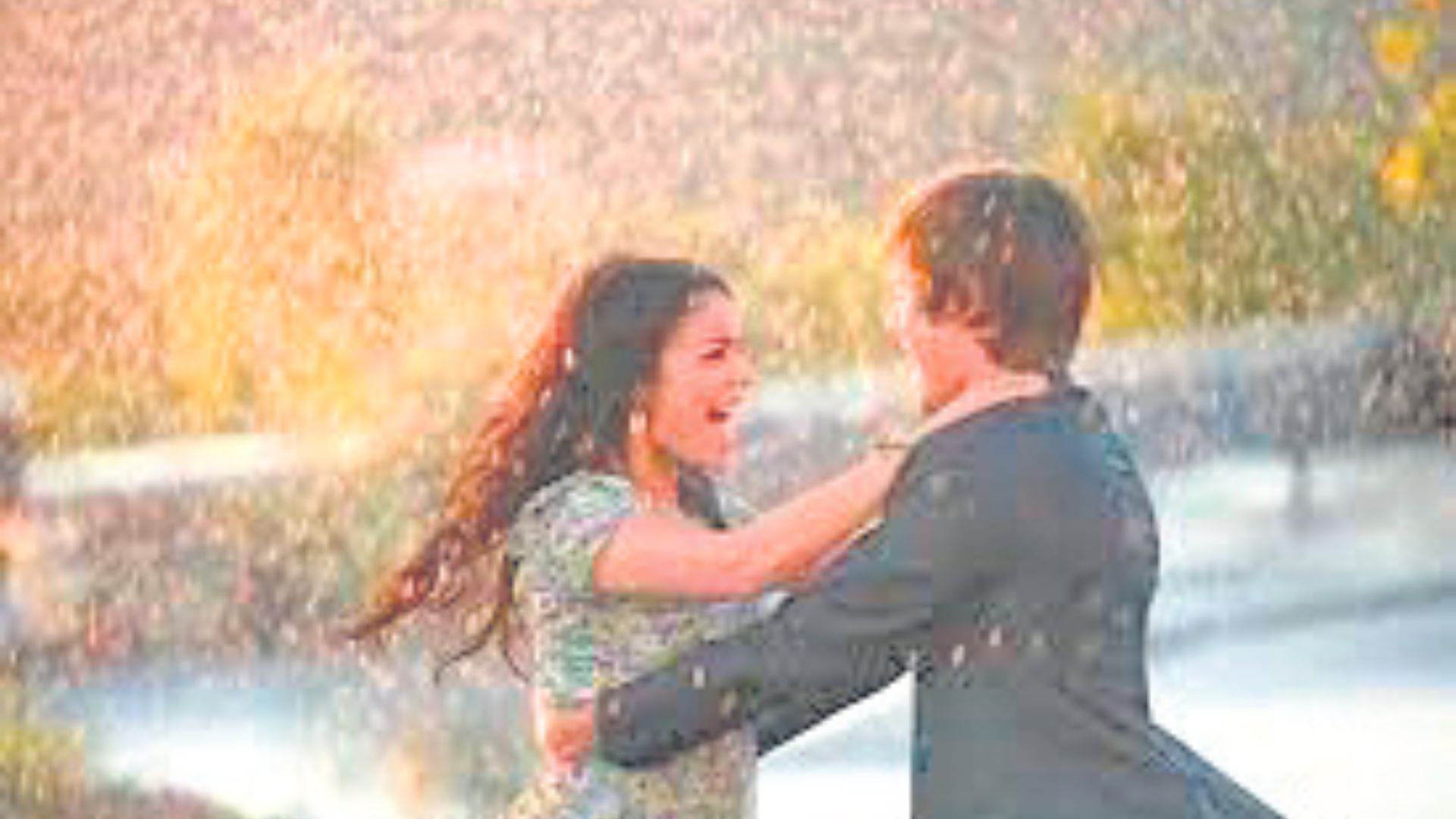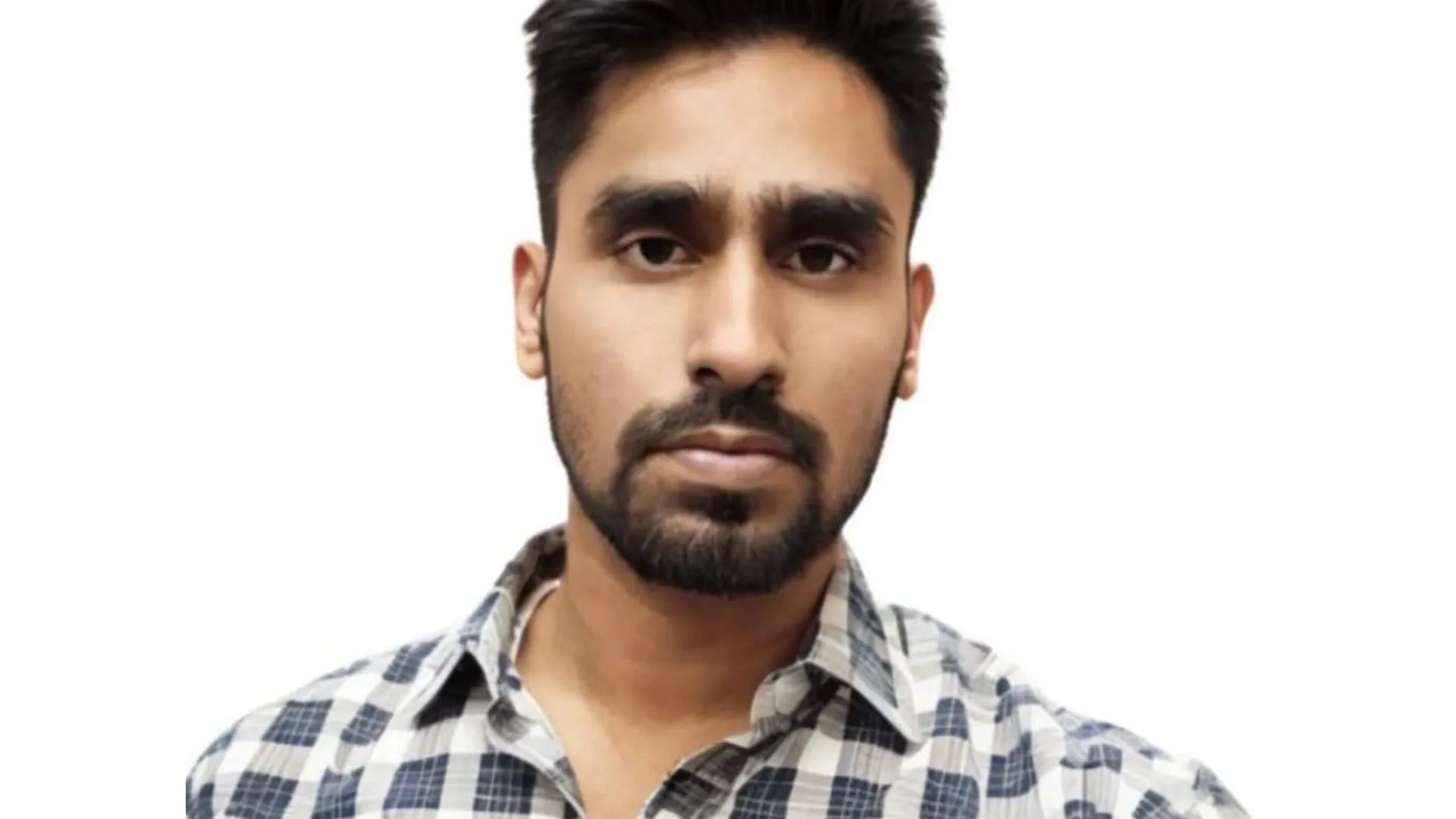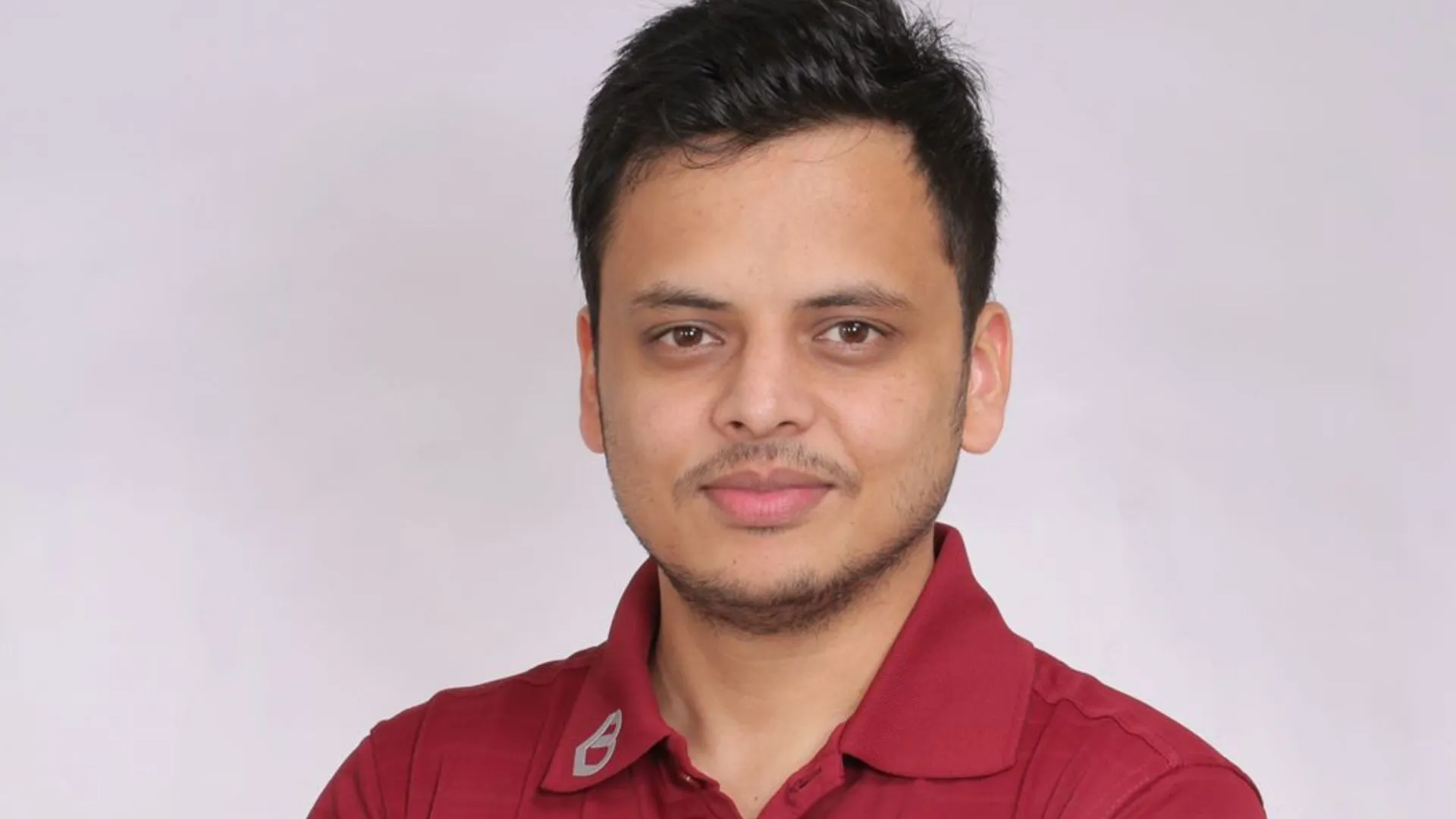It is difficult to remain untouched by a fine dance performance. Most people move with the rhythm of music beats, especially when the music is a part of one’s cultural repository. Communities give a place to dance in rituals and festivals. Lohri is incomplete without Bhangra and Giddah. Ganesh Chaturthi has singing and dancing as part of the celebration, as has Durga Puja. Globally, every community has a dance form for the events of human life ranging from harvests to weddings to deaths. In Tribal communities, dance means a range of religious and social practices. Anthropologists study dance forms to get insight into culture.
The Carnival of Brazil holds a record of more than a million international visitors in most years. Dance is at the heart of the celebration and every establishment is shut down so people can join the party on the streets. The origin goes back to the Portuguese Age of Discoveries during the Sixteenth century when ships would sail through Madeira on the trade and colonization venture. These caravels carried visitors attired in the garments of their culture and they would join the locals in song and dance through the streets. Today, each community has its own dance form, the competition is serious and the costumes are fantastic. The Samba has evolved along with the carnival, just as Kathakali evolved with Pongal.
Cave paintings from India and Egypt go as far back as 3300 BC, depicting dance in religious rituals. Much later, many dance forms developed across the world for the purpose of social dancing and stage performance. Films and drama showcase the role of dance in expressing emotions while in our daily life, breaking into a jig or a twist is quite common at a moment of joy or achievement. Researchers at Minot State University discovered that Zumba boosts the feel-good chemicals, improves mood and the cognitive skills such as visual recognition and decision-making. Martha Graham gets it right, “Dance is the hidden language of the soul.” The beneficial effects of dance on the brain can be understood by the fact that it is now used as a part of the therapy for Parkinson’s disease.
Most people are familiar with the dance of Shiva embodied in the statue of Nataraja, symbolizing both creation and destruction. The CERN laboratory at Switzerland is the leading center for research studies into the origin of the universe and notable investigations into the God Particle. At its entrance stands a statue of Nataraja because this dance represents their field of work. As Isadora Duncan writes, “Dance is the movement of the universe concentrated in an individual”.
Sema, the dance form is famous for the whirling movement of the dervish, a Turkish word that means ‘seeker or mendicant’. Rumi established this practice in the Thirteenth century. Through elaborate dance, the dervish seeks to raise the soul to a level of higher consciousness by connecting with the divine force. While dancing and whirling around for hours, the right palm of the dervish faces upwards towards infinity and the left palm faces downwards, towards the earth; thus, creating a conduit between the worldly and the spiritual, a bridge gathering blessings. Sema reflects the rotation of the earth, increasing the speed of the whirl so the dancer is ready to ascend to a higher level of consciousness.
As Isadora Duncan writes, “Dance is the movement of the universe concentrated in an individual”.
Ready to fluff out your tutu and dance away?
Dr. Deepti Gupta










